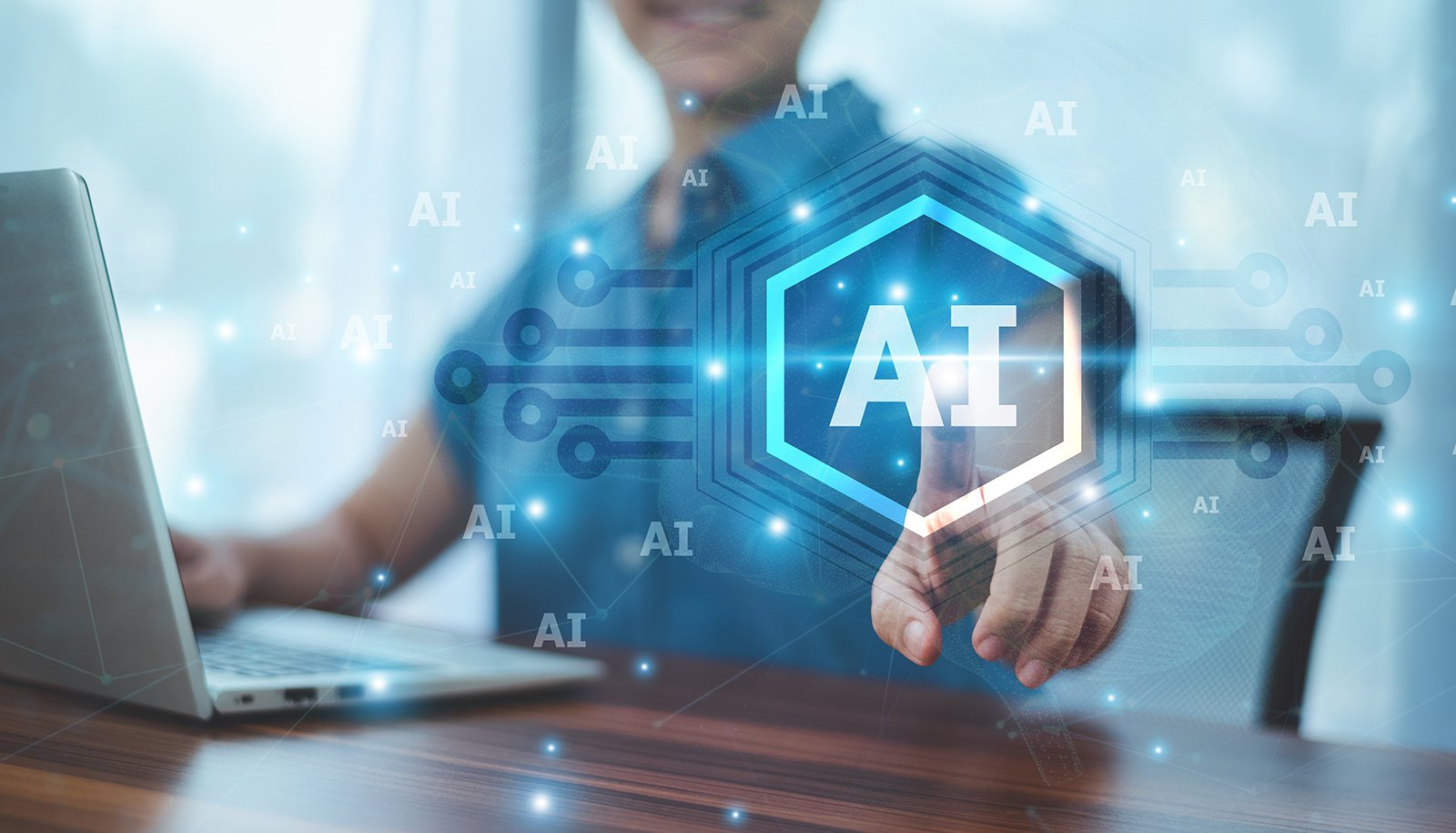In this new era of insurance, Artificial Intelligence (AI) is leading the way in transforming the industry. As we stand on the cusp of this technological change, AI promises to make insurance more efficient and customer-friendly, particularly in the realms of auto and home insurance.
Let’s explore how AI is reshaping these sectors, the benefits it offers to customers, and the challenges that come along with it.
HOW IS AI TRANSFORMING AUTO INSURANCE?
AI is revolutionizing auto insurance by automating claims processing. By utilizing machine learning algorithms, insurers can now assess claims more swiftly and accurately, minimizing policyholder stress and waiting periods.
Furthermore, AI is paving the way for personalized premiums. By analyzing driving behavior through telematics, insurers offer tailored premiums that fit individual needs and encourage safer driving habits.
Furthermore, AI's advanced fraud detection capabilities effectively identify fraudulent claims, ensuring a fairer and more trustworthy insurance landscape.
HOW IS AI TRANSFORMING HOME INSURANCE?
For homeowners insurance, AI enhances risk assessment and management. By analyzing vast datasets, AI provides more precise risk evaluations, allowing insurers to offer better coverage options tailored to individual needs.
Predictive maintenance is another groundbreaking application, where AI predicts home maintenance needs, preventing potential damages and reducing claims. Additionally, the integration of AI with smart home devices enhances security and offers policy benefits, creating a safer and more connected living environment.
AI BENEFITS FOR CUSTOMERS
AI is revolutionizing the insurance industry by offering a range of benefits that significantly enhance the customer experience. From simplifying complex processes to providing cost-efficient solutions and round-the-clock support, AI ensures that managing insurance is more accessible and user-friendly than ever before.
Simplified Processes
AI transforms complex insurance processes into simplified, manageable tasks, making it easier for customers to navigate and understand their policies. By automating routine tasks, AI reduces the time and effort required to manage insurance, enhancing user-friendliness.
Elimination of Complexities
AI-driven solutions streamline operations by removing unnecessary complexities. This makes policy management straightforward, allowing customers to easily update, adjust, or review their coverage as needed, ensuring a seamless experience.
Cost Efficiency
With AI's advanced data analysis capabilities, insurers can offer competitive pricing based on accurate risk assessments. This leads to cost savings for customers, allowing them to maintain high-quality coverage without stretching their budget.
Enhanced Customer Support
AI-powered systems offer round-the-clock support through virtual assistants and chatbots. This ensures that customers receive immediate, personalized assistance whenever they need it, improving response times and service reliability.
Improved Customer Experience
By integrating AI, insurers enhance the overall customer experience. The combination of simplified processes, cost savings, and continuous support fosters greater satisfaction and trust, encouraging long-term customer loyalty and confidence in their insurance provider.
POTENTIAL CHALLENGES WITH AI
While AI offers transformative benefits in the insurance sector, it also presents several challenges that need careful consideration. From addressing data privacy concerns to navigating a steep learning curve, insurers must adapt and innovate to fully harness AI's potential while maintaining customer trust.
Data Privacy Concerns
AI systems in insurance handle large volumes of personal information, raising significant privacy concerns.
Robust Data Protection
Ensuring strong data protection measures is vital to maintaining and building customer trust.
Learning Curve
Both insurers and customers must navigate a substantial learning curve to effectively use AI-driven solutions.
Mindset Shift
Successfully adopting AI requires a shift in mindset, welcoming new technologies and changing traditional practices.
Operational Adjustments
Insurers need to make operational adjustments to fully exploit AI's capabilities, integrating new tools and processes into existing workflows.
TRADITIONAL INSURANCE VS. AI-DRIVEN INSURANCE: WHAT’S THE DIFFERENCE?
The insurance landscape is evolving with AI-driven solutions, offering a stark contrast to traditional methods. While traditional insurance relies on manual processes and generalized models, AI-driven insurance introduces automation, precision, and personalization, transforming how claims are processed, risks are assessed, and customer service is delivered.
Claims Processing
Traditional Insurance: Typically involves manual claims processing, which can be time-consuming and prone to human error. Policyholders often experience longer waiting periods for claim resolutions.
AI-Driven Insurance: Automates claims processing through machine learning algorithms, enabling faster and more accurate assessments. This reduces stress and waiting times, enhancing customer satisfaction.
Risk Assessment
Traditional Insurance: Relies on historical data and generalized risk models to assess policyholder risk, often leading to less personalized coverage options.
AI-Driven Insurance: Utilizes vast datasets and advanced analytics to provide precise risk evaluations, resulting in coverage that is tailored to individual needs.
Premium Calculation
Traditional Insurance: Uses standardized pricing models that apply broad criteria to determine premiums, which may not fully reflect individual risk profiles.
AI-Driven Insurance: Leverages telematics and behavioral data to offer personalized premiums that encourage safer habits and reflect actual driving or living conditions.
Customer Service
Traditional Insurance: Customer service is often limited to business hours and handled by human agents, which can lead to delays and inconsistent experiences.
AI-Driven Insurance: Provides 24/7 customer support through AI-powered chatbots and virtual assistants, ensuring timely and personalized service.
Fraud Detection
Traditional Insurance: Fraud detection relies on manual oversight and auditing, which can miss subtle fraudulent activities and lead to higher costs.
AI-Driven Insurance: Employs sophisticated algorithms to detect and prevent fraudulent claims more effectively, ensuring a fairer insurance landscape.
Benefits & Challenges
Traditional Insurance: Offers a familiar process with established trust but often lacks efficiency and personalization. It can be slower and less adaptable to individual needs.
AI-Driven Insurance: Provides enhanced efficiency, accuracy, and personalized experiences. However, it faces challenges like ensuring data privacy, managing technological complexities, and overcoming the learning curve for both insurers and customers.
Overall, AI-driven insurance represents a significant shift towards more automated, precise, and customer-centric solutions, offering clear advantages in speed, customization, and fraud prevention, while traditional insurance relies on manual processes that may not meet the evolving expectations of today's consumers.
AI stands as a powerful catalyst for change in auto and home insurance, promising a future where processes are straightforward, secure, and centered around customer needs. By embracing AI-driven innovations, insurance companies can offer enhanced services that align with the evolving expectations of today’s consumers.
If you need help finding the best insurance coverage for the best price, speak to a SimplyIOA agent at 833.872.4467 or get a quote online now.










